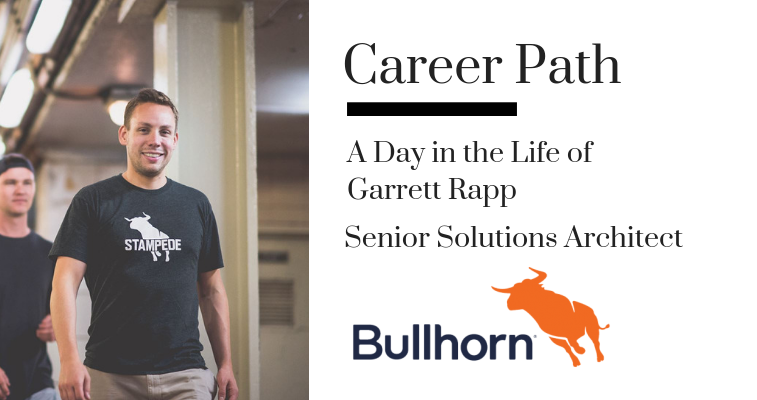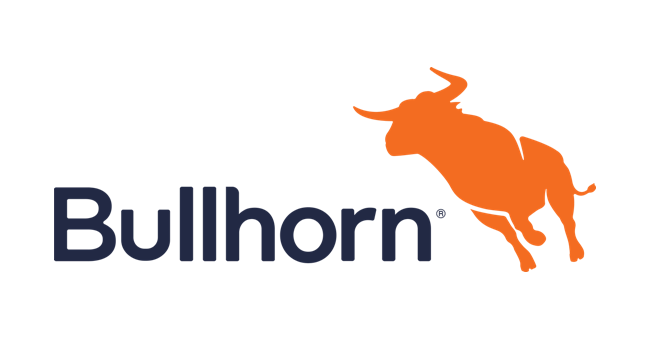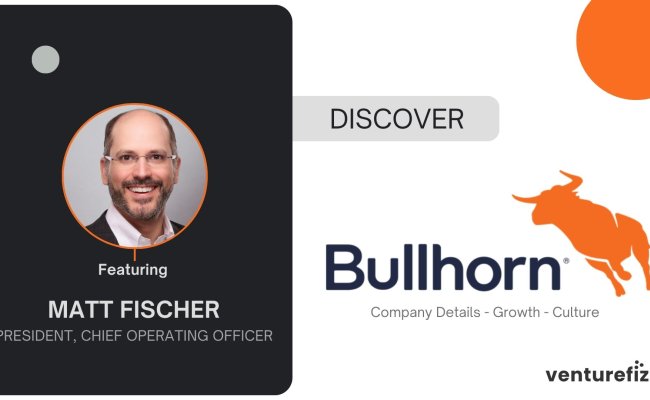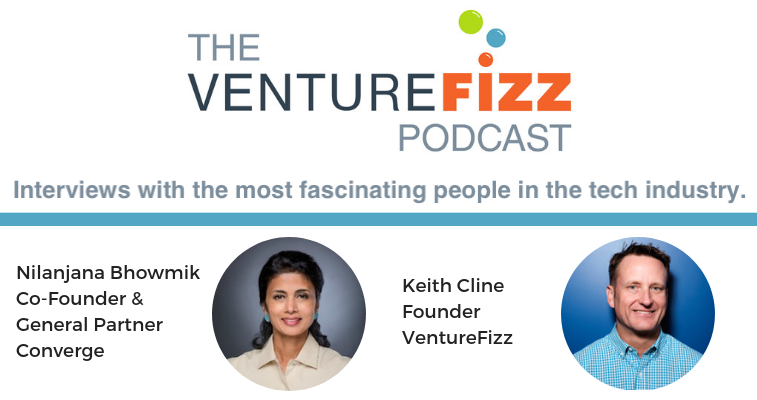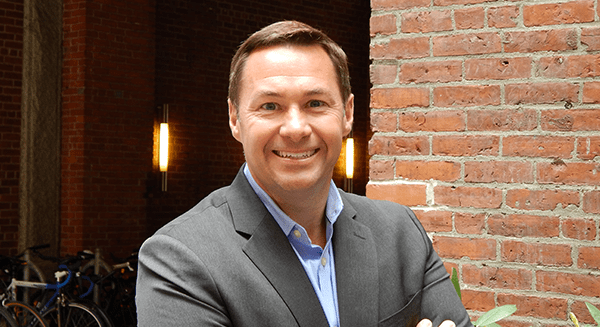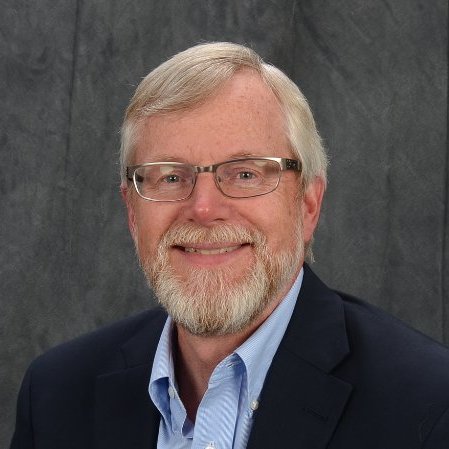In an era when many companies are seeking to address the #MeToo movement and tackle the challenge of true diversity and inclusion, we face the notion that we are juxtaposing those efforts in a political climate that suggests these issues are the exact opposite of what a portion of this country cares about. It appears that the more progress we make to strive for a more diverse and inclusive workplace, just as many roadblocks are popping up suggesting some of the country doesn’t support or care. Regardless of one’s politics, there is one thing we can all (hopefully) fundamentally agree on: Everyone should feel like they have the same opportunities to thrive.
We are at an incredibly exciting time in history where some people are loud and proud about putting themselves out there in the workplace to fight for their rights to be treated equally. At the same moment, we are witnessing these same people facing some pretty dramatic attacks against who they are and what they stand for. Without question, it’s a complicated time. And yet, here’s the thing - we’ve got one life. It is our obligation as human beings to max out that life, and live it to the best of our ability. That manifests in very different ways for people, but living our lives to reflect our authentic self is something I believe everyone should strive for.
I write quite a lot about taking risks and putting yourself out there. I never suggested that was a smooth journey, but I certainly believe it is a worthwhile one. If we spend most of our time worrying about being liked and fitting in, we risk tossing away our opportunity to share your uniqueness. Seems like kind of a waste, right? And yet, consider how we are socialized.
We learn in childhood that we are not rewarded for “standing out.” When we were loud, we were asked to be quiet. When we questioned ideas in a classroom, we were often branded as disruptive or rebellious. To support kids with uniqueness requires some extra work. Our parents do that delicate balance of trying to help us fit in in some areas like behaviors, but stand out in other places, such as sports or activities. It’s a confusing thing for kids to navigate. As we get a little older, we as adolescents walk that fine line of trying to fit in, while attempting to express our individuality. It’s a harsh realization to gain an understanding that often we “belong” if we are just like everyone else. And yet, when we operate that way, we know something isn’t quite right.
It’s happened to all of us in our careers at some point. Perhaps you feared to share a different point of view in a meeting, for fear you couldn’t articulate it enough to push the conversation to a new place. Or maybe you had an idea that you were dying to share with your manager, but were nervous about not having it fully baked and looking stupid. Why do these things happen, and typically when it is usually around topics we care about? If you are one of those people who feels like you are missing out on your opportunity to stand out, find three mindsets below to get out of your way and perhaps fuel the innovation and creativity of your company along the way.
REALIZE YOU WILL NEVER PLEASE EVERYONE
Each of us has skills, aspirations, and gifts in some form. Some might be mainstream, and some may be completely out there. When we nurture those non-traditional ones, we risk potentially rubbing someone the wrong way. And yet, we all know there is no way we can please everyone. When we take the risk to display what makes us unique or standout, we take a stand about what’s important to us. Maybe, just maybe, we have something important to say or share, and the world might benefit from it. That opportunity remains non-existent if we hold it in. Push yourself out of your comfort zone, and get ready to share your true self. You might inspire someone. If people don’t embrace your efforts to stand out, realize they are holding you back. Perhaps you are pushing them to consider how they are living their lives, which can be uncomfortable. How much does that matter to you? Real friends and supportive colleagues will encourage you. And you’ll be admired and respected for putting yourself out there. You just might have come up with a highly impactful solution.
REALIZE IT’S OK TO SWIM AGAINST THE CURRENT
Maybe you don’t believe every idea your colleagues are rallying around. If you have a different opinion, share it. If you feel your team is heading down a bad path, raise it. If you have feelings about something and elect not to share, you will likely beat yourself up. When we are bold and share our ideas, we understand we potentially risk alienating someone. Consider how important that is to you. If you are compromising your genuine self, you aren’t making the right choices. Perhaps you’ll feel like an outsider for a bit, but you know intellectually that you’ll never be loved by everyone, but they just might admire that you shared your point of view. Your success and progress cannot be reliant on always making the “popular” choice. Real respect comes with authenticity.
REALIZE YOU WILL FEEL UNCOMFORTABLE...AND EMBRACE IT
It can be downright uncomfortable to put yourself out there. Perhaps you stumble and expose yourself to potential embarrassment. And yet, no one dies from that. Putting yourself out there - whether it goes exactly the way you want it to or not - can be downright liberating. And you’ll likely realize most people won’t be phased by what you believe is such a huge deal in your head. Is anyone good at karaoke? Not too many. And yet, when you have the courage to get out there and belt out your favorite power ballad, people cheer you on regardless of your skill level.
In today’s world with its complex dynamics, we all need to continue to encourage people to bring their authenticity to the office. Of course, there are rules, norms, and values every company asks people to embrace - but after that, understanding that “you doing you” might be a competitive advantage for both you and your company.


